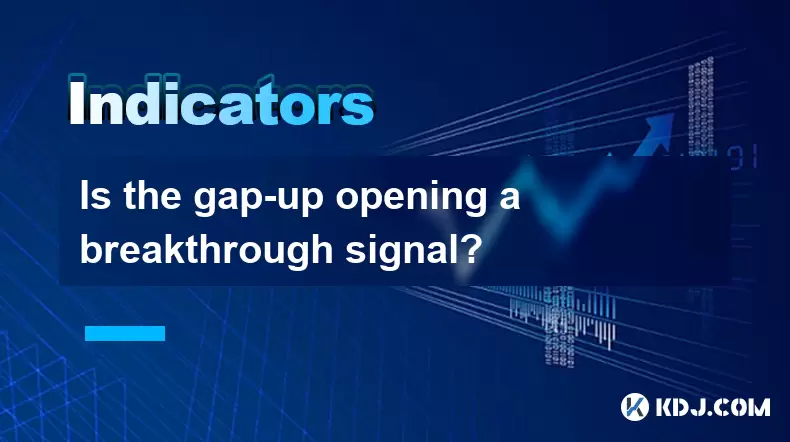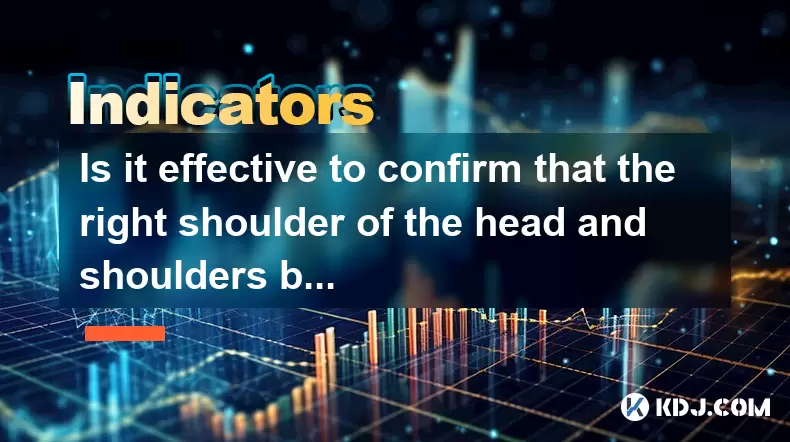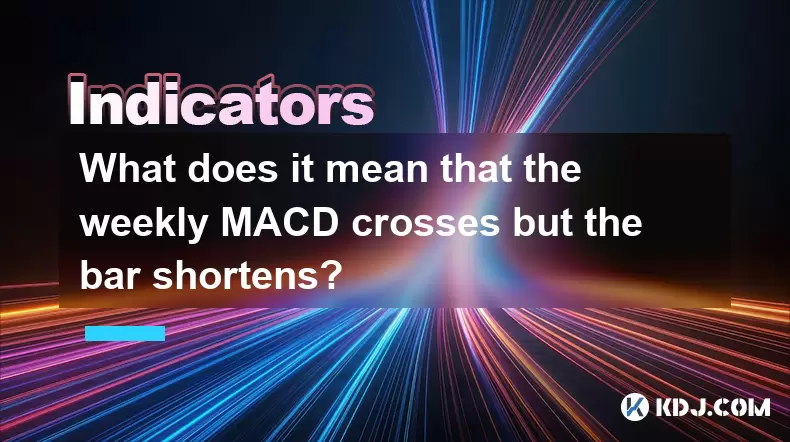-
 Bitcoin
Bitcoin $106,754.6083
1.33% -
 Ethereum
Ethereum $2,625.8249
3.80% -
 Tether USDt
Tether USDt $1.0001
-0.03% -
 XRP
XRP $2.1891
1.67% -
 BNB
BNB $654.5220
0.66% -
 Solana
Solana $156.9428
7.28% -
 USDC
USDC $0.9998
0.00% -
 Dogecoin
Dogecoin $0.1780
1.14% -
 TRON
TRON $0.2706
-0.16% -
 Cardano
Cardano $0.6470
2.77% -
 Hyperliquid
Hyperliquid $44.6467
10.24% -
 Sui
Sui $3.1128
3.86% -
 Bitcoin Cash
Bitcoin Cash $455.7646
3.00% -
 Chainlink
Chainlink $13.6858
4.08% -
 UNUS SED LEO
UNUS SED LEO $9.2682
0.21% -
 Avalanche
Avalanche $19.7433
3.79% -
 Stellar
Stellar $0.2616
1.64% -
 Toncoin
Toncoin $3.0222
2.19% -
 Shiba Inu
Shiba Inu $0.0...01220
1.49% -
 Hedera
Hedera $0.1580
2.75% -
 Litecoin
Litecoin $87.4964
2.29% -
 Polkadot
Polkadot $3.8958
3.05% -
 Ethena USDe
Ethena USDe $1.0000
-0.04% -
 Monero
Monero $317.2263
0.26% -
 Bitget Token
Bitget Token $4.5985
1.68% -
 Dai
Dai $0.9999
0.00% -
 Pepe
Pepe $0.0...01140
2.44% -
 Uniswap
Uniswap $7.6065
5.29% -
 Pi
Pi $0.6042
-2.00% -
 Aave
Aave $289.6343
6.02%
Is the gap-up opening a breakthrough signal?
A gap-up opening in crypto trading may signal a breakthrough if supported by high volume and positive technical indicators, but it's not without risks like false breakouts.
Jun 08, 2025 at 03:21 am

Is the gap-up opening a breakthrough signal?
In the world of cryptocurrency trading, understanding market signals is crucial for making informed decisions. One such signal that traders often look for is a gap-up opening. This phenomenon occurs when the opening price of a cryptocurrency is significantly higher than its previous closing price, leaving a visible gap on the price chart. Many traders speculate whether a gap-up opening can be considered a breakthrough signal. To answer this, we need to delve deeper into what constitutes a gap-up opening, its implications, and how it can be interpreted within the context of the broader market trends.
Understanding Gap-Up Openings
A gap-up opening is identified when the opening price of a cryptocurrency on a given day is higher than the highest price of the previous day. This creates a gap on the chart, indicating a sudden increase in demand or positive news that has driven the price up overnight. For instance, if Bitcoin closed at $30,000 on one day and opened at $30,500 the next day, a gap-up opening would be observed. The size of the gap can vary, and larger gaps are often seen as more significant.
Factors Leading to Gap-Up Openings
Several factors can lead to a gap-up opening in the cryptocurrency market. Positive news about a cryptocurrency, such as regulatory approval, partnerships, or technological advancements, can cause a surge in buying interest. Market sentiment also plays a critical role; if investors feel optimistic about the future of a cryptocurrency, they may rush to buy it at the opening, leading to a gap-up. Additionally, overnight developments in global markets, such as significant movements in stock indices or commodities, can influence cryptocurrency prices.
Is a Gap-Up Opening a Breakthrough Signal?
Whether a gap-up opening can be considered a breakthrough signal depends on several factors. A breakthrough signal typically indicates a significant shift in market dynamics, often suggesting a new trend or a continuation of an existing one. A gap-up opening alone might not be enough to confirm a breakthrough; it needs to be corroborated by other indicators.
Volume is a crucial factor to consider. If the gap-up opening is accompanied by high trading volume, it suggests strong buying interest and a higher likelihood that the price movement is sustainable. Conversely, a gap-up opening with low volume might indicate a lack of conviction among traders, potentially leading to a quick reversal.
Technical indicators such as moving averages, RSI (Relative Strength Index), and MACD (Moving Average Convergence Divergence) can provide additional context. For example, if the gap-up opening occurs above a key moving average like the 50-day or 200-day moving average, it could signal a stronger bullish trend. Similarly, if the RSI is not overbought and the MACD shows a bullish crossover, these indicators can reinforce the idea that the gap-up opening is a breakthrough signal.
Historical Examples of Gap-Up Openings
Looking at historical data can provide insights into whether gap-up openings have led to breakthroughs in the past. For instance, Bitcoin's gap-up opening in December 2020 after the announcement of institutional investors like MicroStrategy and Square buying large amounts of Bitcoin led to a sustained upward trend. The gap-up was accompanied by high volume and positive technical indicators, making it a clear breakthrough signal.
Another example is Ethereum's gap-up opening in May 2021 following the successful rollout of the Ethereum 2.0 upgrade. The gap-up was significant, and the subsequent price action confirmed a breakthrough, with Ethereum reaching new all-time highs shortly after.
How to Trade Gap-Up Openings
Trading a gap-up opening requires careful analysis and a well-thought-out strategy. Here are some steps traders can take:
- Identify the Gap: Use charting tools to identify a gap-up opening. Look for a clear gap between the previous day's high and the current day's opening price.
- Analyze Volume: Check the trading volume at the opening. High volume can indicate strong buying interest and a potential breakthrough.
- Check Technical Indicators: Review key technical indicators like moving averages, RSI, and MACD to see if they support the gap-up as a breakthrough signal.
- Set Entry and Exit Points: Determine your entry point based on the gap-up opening and set a stop-loss to manage risk. Consider setting a target price for taking profits.
- Monitor News and Sentiment: Keep an eye on news and market sentiment that could influence the sustainability of the gap-up opening.
Risks and Considerations
While a gap-up opening can be a promising signal, it is not without risks. False breakouts can occur, where the price gaps up but fails to sustain the upward momentum, leading to a quick reversal. Traders need to be cautious and use risk management techniques to protect their investments.
Market manipulation is another risk to consider. In the cryptocurrency market, where regulation is still evolving, large players can sometimes manipulate prices to create false signals. Traders should be aware of this possibility and not rely solely on a gap-up opening without further analysis.
Frequently Asked Questions
Q: Can a gap-up opening occur in all cryptocurrencies?
A: Yes, a gap-up opening can occur in any cryptocurrency. However, the significance of the gap-up may vary depending on the liquidity and market interest in the specific cryptocurrency.
Q: How can I differentiate between a genuine gap-up opening and market manipulation?
A: Differentiating between a genuine gap-up opening and market manipulation can be challenging. Look for corroborating evidence such as high trading volume, positive news, and supportive technical indicators. Additionally, be cautious of sudden, unexplained price movements and monitor the price action closely after the gap-up.
Q: Are there any specific times of the day when gap-up openings are more likely to occur?
A: Gap-up openings are most commonly observed at the start of the trading day, particularly after weekends or holidays when markets have been closed for an extended period. However, they can occur at any time, especially in the highly volatile cryptocurrency market.
Q: How long should I hold a position after a gap-up opening?
A: The duration of holding a position after a gap-up opening depends on your trading strategy and risk tolerance. Short-term traders might look to capitalize on the initial momentum and exit within hours or days, while long-term investors might hold for weeks or months if the gap-up is part of a larger bullish trend. Always set clear entry and exit points based on your analysis.
Disclaimer:info@kdj.com
The information provided is not trading advice. kdj.com does not assume any responsibility for any investments made based on the information provided in this article. Cryptocurrencies are highly volatile and it is highly recommended that you invest with caution after thorough research!
If you believe that the content used on this website infringes your copyright, please contact us immediately (info@kdj.com) and we will delete it promptly.
- 2025-W Uncirculated American Gold Eagle and Dr. Vera Rubin Quarter Mark New Products
- 2025-06-13 06:25:13
- Ruvi AI (RVU) Leverages Blockchain and Artificial Intelligence to Disrupt Marketing, Entertainment, and Finance
- 2025-06-13 07:05:12
- H100 Group AB Raises 101 Million SEK (Approximately $10.6 Million) to Bolster Bitcoin Reserves
- 2025-06-13 06:25:13
- Galaxy Digital CEO Mike Novogratz Says Bitcoin Will Replace Gold and Go to $1,000,000
- 2025-06-13 06:45:13
- Trust Wallet Token (TWT) Price Drops 5.7% as RWA Integration Plans Ignite Excitement
- 2025-06-13 06:45:13
- Ethereum (ETH) Is in the Second Phase of a Three-Stage Market Cycle
- 2025-06-13 07:25:13
Related knowledge

How to interpret the low opening the next day after the long lower shadow hits the bottom?
Jun 18,2025 at 12:22am
Understanding the Long Lower Shadow Candlestick PatternIn technical analysis, a long lower shadow candlestick is often seen as a potential reversal signal in a downtrend. This pattern occurs when the price opens, trades significantly lower during the session, but then recovers to close near the opening price or slightly above. The long wick at the botto...

How to operate the RSI indicator repeatedly in the 40-60 range?
Jun 18,2025 at 12:56am
Understanding the RSI Indicator and Its RelevanceThe Relative Strength Index (RSI) is a momentum oscillator widely used in cryptocurrency trading to measure the speed and change of price movements. Typically, the RSI ranges from 0 to 100, with levels above 70 considered overbought and below 30 considered oversold. However, when the RSI repeatedly stays ...

How strong is the MACD golden cross below the zero axis?
Jun 17,2025 at 11:00pm
Understanding the MACD Indicator in Cryptocurrency TradingThe Moving Average Convergence Divergence (MACD) is one of the most widely used technical indicators among cryptocurrency traders. It helps identify potential trend reversals, momentum shifts, and entry or exit points. The MACD consists of three main components: the MACD line, the signal line, an...

How effective is the golden cross of the William indicator double line in the oversold area?
Jun 17,2025 at 11:56pm
Understanding the William Indicator and Its Double Line SetupThe William %R (Williams Percent Range) is a momentum oscillator used to identify overbought or oversold conditions in a market. It ranges from 0 to -100, with readings above -20 considered overbought and below -80 deemed oversold. The double line setup refers to plotting two different timefra...

Is it effective to confirm that the right shoulder of the head and shoulders bottom volume at the 30-minute level is enlarged?
Jun 17,2025 at 11:42pm
Understanding the Head and Shoulders Pattern in Cryptocurrency TradingThe head and shoulders pattern is one of the most recognized reversal patterns in technical analysis, especially within cryptocurrency trading. It typically signals a potential shift from a bullish trend to a bearish one. This pattern consists of three peaks: the left shoulder, the he...

What does it mean that the weekly MACD crosses but the bar shortens?
Jun 18,2025 at 01:07am
Understanding the MACD IndicatorThe Moving Average Convergence Divergence (MACD) is a popular technical analysis tool used in cryptocurrency trading to identify potential trend reversals and momentum shifts. It consists of three main components: the MACD line, the signal line, and the histogram (also known as the bar). The MACD line is calculated by sub...

How to interpret the low opening the next day after the long lower shadow hits the bottom?
Jun 18,2025 at 12:22am
Understanding the Long Lower Shadow Candlestick PatternIn technical analysis, a long lower shadow candlestick is often seen as a potential reversal signal in a downtrend. This pattern occurs when the price opens, trades significantly lower during the session, but then recovers to close near the opening price or slightly above. The long wick at the botto...

How to operate the RSI indicator repeatedly in the 40-60 range?
Jun 18,2025 at 12:56am
Understanding the RSI Indicator and Its RelevanceThe Relative Strength Index (RSI) is a momentum oscillator widely used in cryptocurrency trading to measure the speed and change of price movements. Typically, the RSI ranges from 0 to 100, with levels above 70 considered overbought and below 30 considered oversold. However, when the RSI repeatedly stays ...

How strong is the MACD golden cross below the zero axis?
Jun 17,2025 at 11:00pm
Understanding the MACD Indicator in Cryptocurrency TradingThe Moving Average Convergence Divergence (MACD) is one of the most widely used technical indicators among cryptocurrency traders. It helps identify potential trend reversals, momentum shifts, and entry or exit points. The MACD consists of three main components: the MACD line, the signal line, an...

How effective is the golden cross of the William indicator double line in the oversold area?
Jun 17,2025 at 11:56pm
Understanding the William Indicator and Its Double Line SetupThe William %R (Williams Percent Range) is a momentum oscillator used to identify overbought or oversold conditions in a market. It ranges from 0 to -100, with readings above -20 considered overbought and below -80 deemed oversold. The double line setup refers to plotting two different timefra...

Is it effective to confirm that the right shoulder of the head and shoulders bottom volume at the 30-minute level is enlarged?
Jun 17,2025 at 11:42pm
Understanding the Head and Shoulders Pattern in Cryptocurrency TradingThe head and shoulders pattern is one of the most recognized reversal patterns in technical analysis, especially within cryptocurrency trading. It typically signals a potential shift from a bullish trend to a bearish one. This pattern consists of three peaks: the left shoulder, the he...

What does it mean that the weekly MACD crosses but the bar shortens?
Jun 18,2025 at 01:07am
Understanding the MACD IndicatorThe Moving Average Convergence Divergence (MACD) is a popular technical analysis tool used in cryptocurrency trading to identify potential trend reversals and momentum shifts. It consists of three main components: the MACD line, the signal line, and the histogram (also known as the bar). The MACD line is calculated by sub...
See all articles

























































































